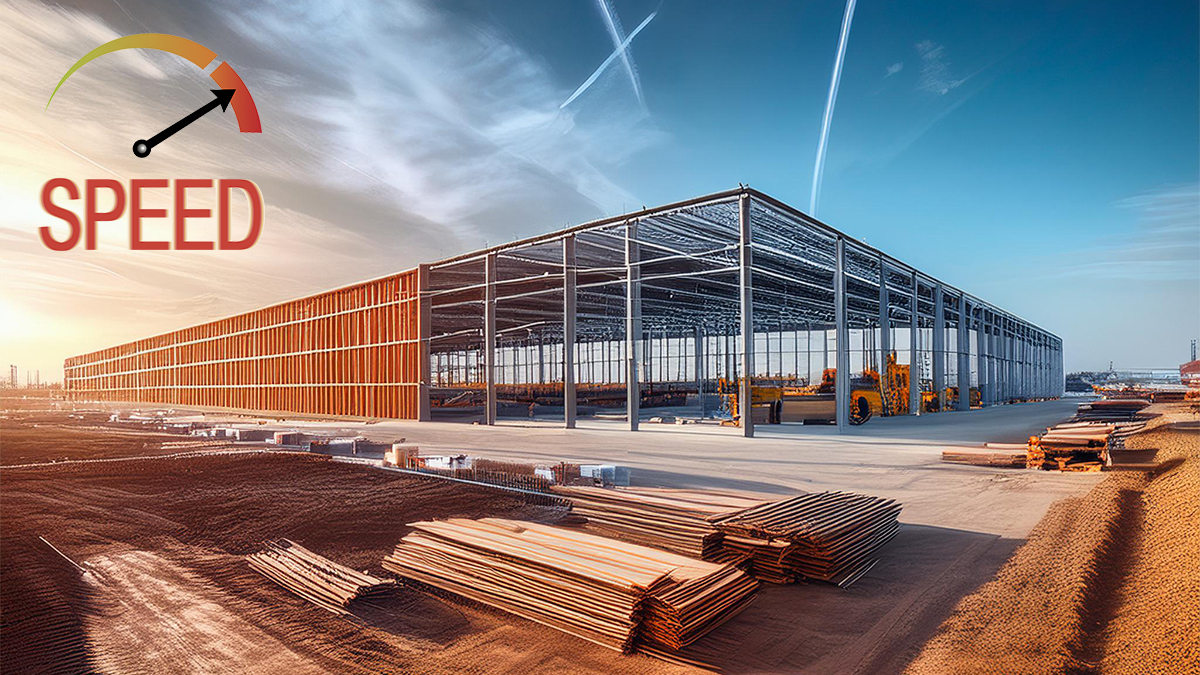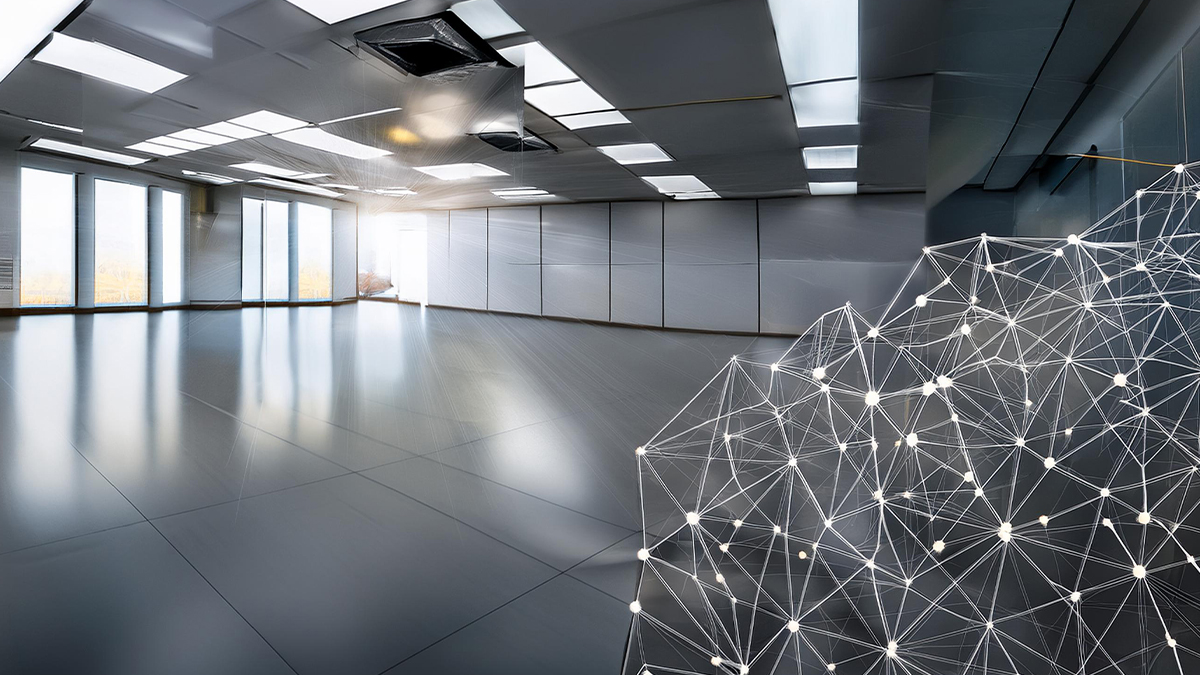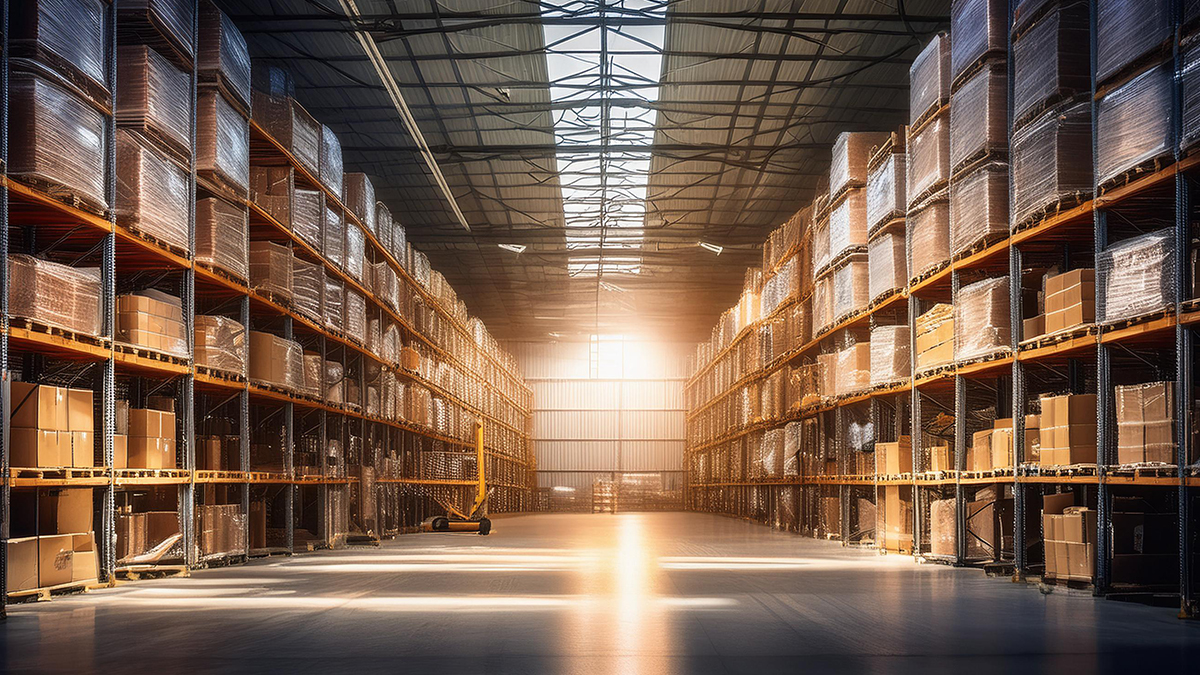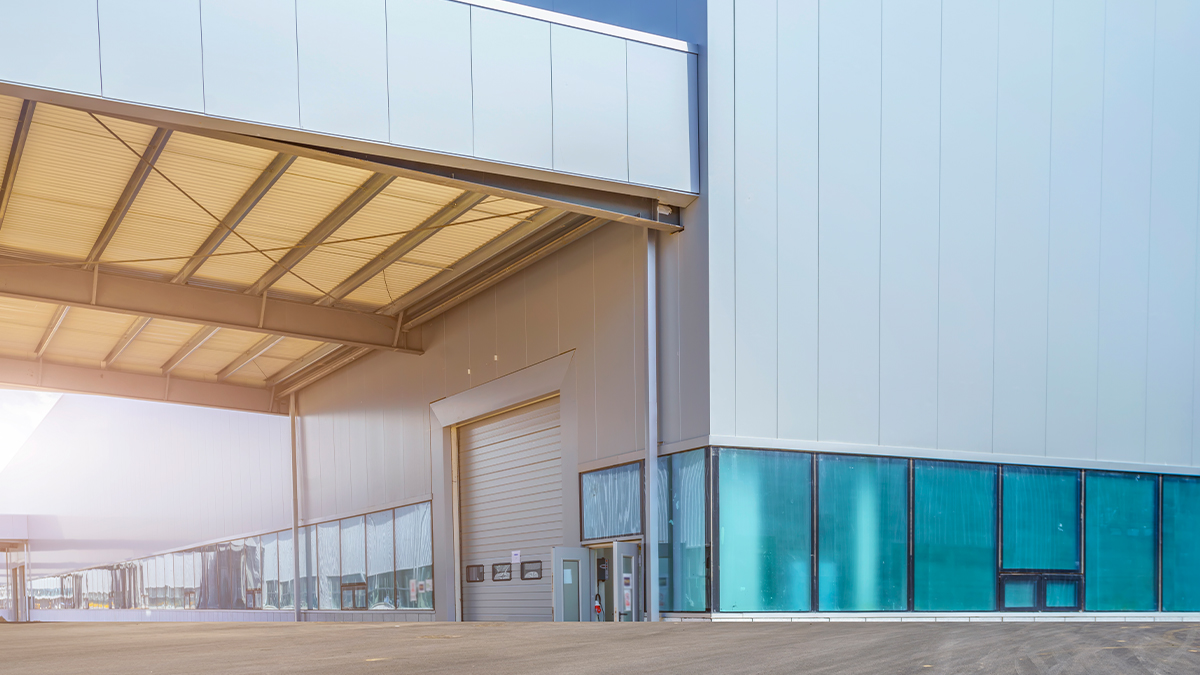Technological transformation has happened everywhere, but construction is an industry where this transition is slow.
For example, we have been using the reinforced concrete construction for a long time, and we have been heavily reliant on this traditional technique for a long time.
There are modern infrastructure solutions, such as the prefab and Pre Engineered Buildings, that are finally replacing the age old techniques while still maintaining the durability of a structure.
Why has this shift towards new technology been happening fast over the past few years?
Here’s the reason: The demand for efficient, cost efficient, and sustainable construction is growing. Are pre engineered buildings better at this? Can they offer durability and sustainability together?
Read below to learn how.
The Limitations of Old Industrial Buildings
Old industrial buildings, primarily constructed using RCC, have several inherent limitations:
- Construction Time and Cost: Traditional construction methods are time-consuming and labor-intensive. The process of pouring and curing concrete can take months, significantly increasing the overall project timeline and costs.
- Material Wastage: Conventional construction methods often result in substantial material wastage. The on-site mixing and handling of materials like cement, sand, and gravel can lead to inefficiencies and environmental concerns.
- Energy Efficiency: Older buildings tend to be less energy-efficient. Poor insulation and outdated HVAC systems can result in higher energy consumption and operational costs.
- Flexibility and Scalability: RCC buildings are relatively rigid in design, making modifications or expansions challenging. This lack of flexibility can hinder the ability to adapt to changing business needs.
- Environmental Impact: In RCC construction, cement is a primary component. Producing this component causes huge carbon emissions. Besides, this process also produces dust and noise, which hurt others in the premises.
The Rise of Modern Infrastructure: Pre Engineered Buildings
Pre engineered buildings can address many limitations of RCC buildings. Here’s how:
1. Speed and Efficiency

The primary advantage of PEB building is the rapid construction.
PEB structures are designed and made off-site. Also, the construction of one component is not dependent on the other. This allows for rapid assembly of the components once they are manufactured and brought to the site. This reduces the total construction time to a great extent. Due to this, a business can start its operations early.
2. Cost-Effectiveness

Prefabricated buildings can save a lot of cost and streamline the construction process in many ways.
For example, it can reduce the cost of labour, as labour is needed on-site during the assembly of components only, which is quite short compared to RCC. Also, the components are manufactured with precision, which ensures that there is a consistency throughout all the components, which will reduce the need of costly rework.
3. Sustainability

Modern infrastructure solutions like PEB and prefabricated buildings are designed with sustainability in mind.
The use of recycled steel and other eco-friendly materials minimises the environmental impact. These buildings also tend to have better insulation and energy-efficient systems, reducing their carbon footprint and operational costs.
4. Flexibility and Scalability

PEB and prefabricated buildings offer unparalleled flexibility.
Their modular design allows for easy expansion or modification, enabling businesses to adapt to growth or changes in operational requirements. This flexibility is particularly beneficial for industries with dynamic needs, such as warehousing and manufacturing.
5. Quality and Durability

Components of most of the pre engineered metal buildings are manufactured in controlled environments, i.e. specialised manufacturing plants.
Here, the workers ensure high-quality standards and precision of components. Also, steel is a common material used in these buildings, which automatically enhances the resilience and longevity of the structure.
Successful Implementations of Modern Infrastructure
Several companies have successfully transitioned from traditional industrial buildings to modern infrastructure solutions.
For instance, a logistics company recently replaced its old-age warehouse with a well-insulated PEB structure. This new facility was simple to modify, and it also reduced the operational cost of the organisation. The company benefited immensely from energy efficiency, thanks to its wall and roof panels that can moderate the temperature of storage easily.
Similarly, a manufacturing company opted for a prefabricated steel structure to house its production line. The rapid construction time enabled the company to meet increasing demand without significant downtime, showcasing the practical benefits of modern infrastructure.
Conclusion
Shifting from old industrial buildings to modern infrastructure solutions like pre engineered buildings is necessary for an organisation that wants efficiency, sustainability, and adaptability.
Besides, these solutions offer benefits such as rapid construction and a lesser carbon footprint, which are the need of the hour. If a business is looking to modernise its infrastructure, here is the clear alternative.
It is time to bring modern PEB Buildings into the mainstream and discover how this change in infrastructure and rapidly increase the productivity of your business. To find out how India’s most trusted PEB Company, EPACK Prefab, can help you, check out our projects pages, where we’ve showcased different use cases of this technology.











